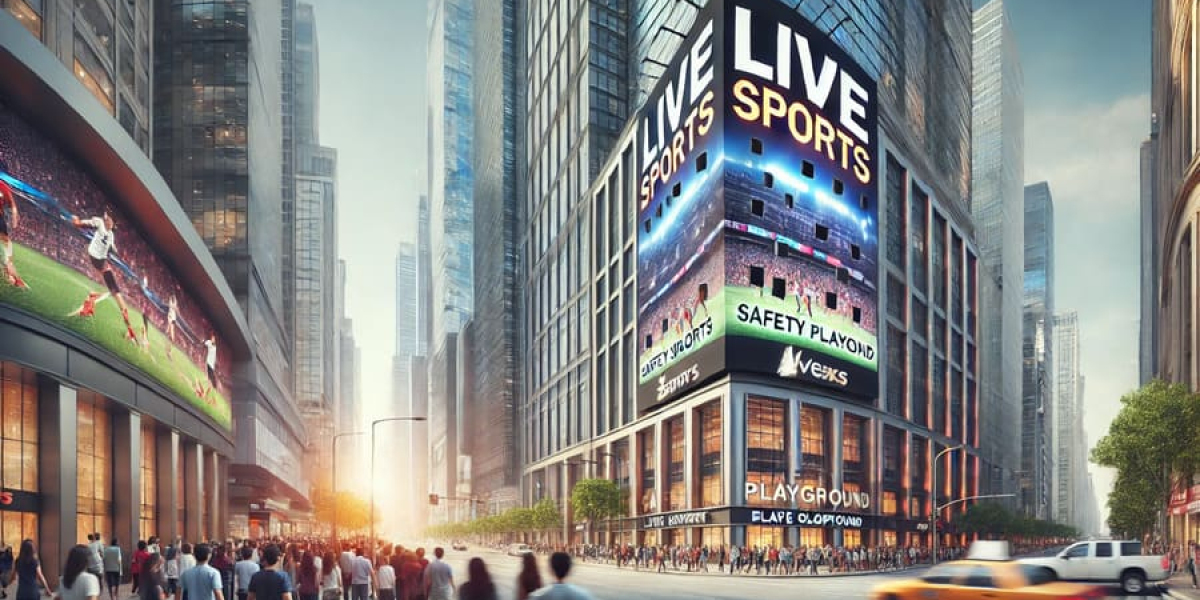Bamboo wood fiber panel is increasingly recognized as an environmentally friendly alternative to traditional wood-based materials. With growing awareness of sustainability and indoor air quality, many consumers and manufacturers are curious about the ecological and health aspects of bamboo wood fiber panel. This article explores whether bamboo wood fiber panel is environmentally friendly, whether it emits any harmful gases, and how sustainable bamboo is as a material for wood fiber panels.
Environmental Friendliness of Bamboo Wood Fiber Panel
Bamboo wood fiber panel is generally considered an eco-friendly material. Bamboo grows much faster than conventional hardwoods, reaching maturity in three to five years, compared to decades for many tree species. This rapid growth allows for frequent harvesting without depleting natural resources, making bamboo a renewable material. In addition, bamboo cultivation typically requires minimal pesticides and fertilizers, reducing the environmental footprint of the raw material.
The production of bamboo wood fiber panel also uses the whole bamboo plant efficiently. Bamboo fibers are combined under controlled heat and pressure with adhesives to create uniform panels. Compared to traditional plywood or MDF, which may rely on slower-growing trees and more intensive chemical processing, bamboo wood fiber panel offers a more sustainable choice for both furniture and construction applications.
Emission of Harmful Gases
A key concern for any engineered wood product is the emission of volatile organic compounds (VOCs), including formaldehyde. Bamboo wood fiber panel can vary in emissions depending on the type of adhesive used during manufacturing. High-quality bamboo wood fiber panels often use low-formaldehyde or formaldehyde-free adhesives, which minimize the release of harmful gases. This makes them suitable for indoor use, especially in homes, schools, and offices where air quality is a priority.
Compared to MDF, which can sometimes release higher levels of formaldehyde due to synthetic resins, bamboo wood fiber panel is generally a safer option. Plywood can also emit VOCs, but the controlled production of bamboo panels and the use of eco-friendly adhesives help maintain healthier indoor environments.
Sustainability of Bamboo as a Material
Bamboo is widely regarded as one of the most sustainable raw materials for wood fiber panels. Its fast growth rate, high yield per hectare, and natural resistance to pests contribute to its environmental advantages. Unlike slow-growing trees, bamboo can be harvested annually without causing soil degradation or deforestation. In addition, bamboo cultivation can help stabilize soil and reduce carbon dioxide in the atmosphere, further enhancing its sustainability profile.
| Material | PVC,Calcium Powder |
| Finish | PVC Films, customizable |
| Length | Customizable |
| Width | 122cm |
| Thickness | 5mm,8mm |
| Density Coefficient | 0.7 |
| Waterproof | Yes |
| Installation | With aluminium alloy accessory or tongue & groove, combined with glue. |
https://www.cnwallpanel.net/product/wpc-board/bamboo-wood-board.html








